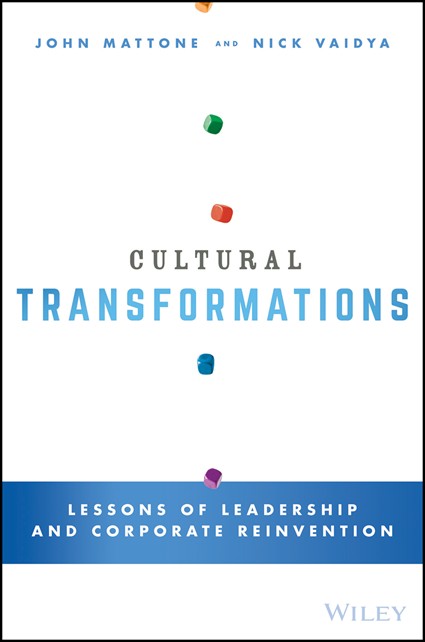The 5 Cultures That Determine Your Company’s Success
How healthy is your company’s culture? Your company has a culture whether you make the effort to shape it or not, and as you might expect, it’s better to make the effort to create the culture that will lead you to success than to simply hope a great corporate culture will organically generate itself.

Be aware, however, that constant re-engineering, reorganization, and restructuring in pursuit of efficiency (or the latest management fad) has a questionable effect at best. Adjusting in order to thrive, however, requires competent leadership and commitment to creating the best possible corporate culture. Your company’s overall culture is made up of five building block cultures, each of which must be tended in order to yield the best results.
Hi there! This article is available for free. Login or register as a StrategyDriven Personal Business Advisor Self-Guided Client by:
Subscribing to the Self Guided Program - It's Free!
About the Author

, Talent Leadership
, and Intelligent Leadership
. John is the creator of numerous business assessments, including the Mattone Leadership Enneagram Inventory. For more information, please visit www.johnmattone.com.

 Brian Greenberg is a multi-faceted entrepreneur who has founded and now spearheads multiple online businesses. He currently co-owns and operates three entrepreneurial companies with his father, Elliott Greenberg, which have each flourished for over 10 years:
Brian Greenberg is a multi-faceted entrepreneur who has founded and now spearheads multiple online businesses. He currently co-owns and operates three entrepreneurial companies with his father, Elliott Greenberg, which have each flourished for over 10 years:  Richard Milam is the president and CEO of EnableSoft. Prior to founding EnableSoft, in 1995, Richard was a partner and Senior Vice President of FiTech PLUSmark, and held other positions in Information Technology, Operations, and Sales.
Richard Milam is the president and CEO of EnableSoft. Prior to founding EnableSoft, in 1995, Richard was a partner and Senior Vice President of FiTech PLUSmark, and held other positions in Information Technology, Operations, and Sales. In the age of electronic calendars, we too often allow meeting durations to be established by our software’s preprogrammed defaults, typically 30 minutes to one hour. By settling for software defaults, we risk holding meetings that are too short to arrive at quality decisions or enabling inefficiency such that the meeting expands to meet the excessive amount of time allotted.
In the age of electronic calendars, we too often allow meeting durations to be established by our software’s preprogrammed defaults, typically 30 minutes to one hour. By settling for software defaults, we risk holding meetings that are too short to arrive at quality decisions or enabling inefficiency such that the meeting expands to meet the excessive amount of time allotted.
 Marlene Chism is a consultant, international speaker, and the author of two books:
Marlene Chism is a consultant, international speaker, and the author of two books: